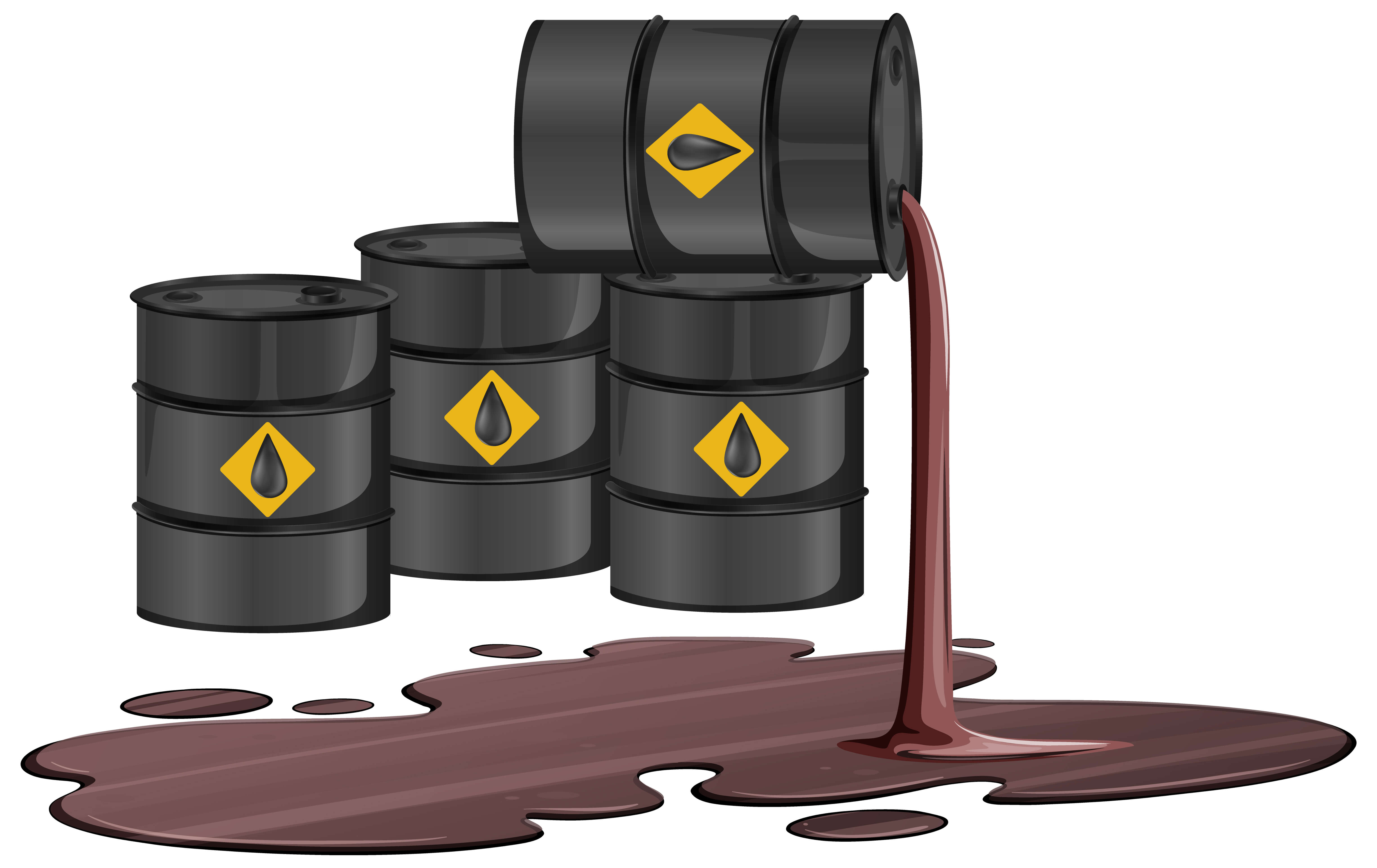Introduction: August crude oil processing falls as demand for refined products dries up.
As the summer comes to a close, demand for refined products such as gasoline and diesel begins to decline. This results in a decrease in crude oil processing, as refineries begin to transition to producing winter-grade fuels.
This year, the decline in demand has been exacerbated by the COVID-19 pandemic, which has led to a decrease in travel and economic activity. As a result, August crude oil processing fell by 3.6% compared to last year. This is the largest monthly decline since May of this year.
 The drop in demand has caused prices for crude oil and refined products to fall as well. This is good news for consumers who will see lower prices at the pump, but bad news for oil companies who are struggling to maintain profitability in the current market conditions.
The drop in demand has caused prices for crude oil and refined products to fall as well. This is good news for consumers who will see lower prices at the pump, but bad news for oil companies who are struggling to maintain profitability in the current market conditions.
Crude oil is an unrefined, natural petroleum product made of hydrocarbons and other organic substances. It is black or dark brown in color and has a distinct, pungent odor. Crude oil is used in a variety of products such as gasoline, diesel fuels, heating oil and asphalt.
Though it is sometimes thought of as a ” dirty ” energy source because of its environmental impacts, crude oil is a major source of energy worldwide. In the United States alone, crude oil production averaged nearly 9 million barrels per day in 2019.
The history of crude oil
Crude oil is a fossil fuel that was formed from the remains of marine plants and animals that died millions of years ago. The major deposits of crude oil are found in Russia, the Middle East, and the United States. Crude oil is used to produce gasoline, diesel fuel, and other petroleum products.
The first recorded use of crude oil was in China in the early seventh century. It was used as a pavement sealant and also as a medicine. In the ninth century, crude oil was used to produce kerosene, which was used for lighting. The first commercial exploitation of crude oil occurred in 1859 in Pennsylvania, United States. A man named Edwin Drake drilled a well 69 feet (21 meters) deep and found oil. The Drake well became known as the first successful commercial oil well in the world.
What is crude oil processing?
Crude oil processing is the process of extracting valuable components from raw petroleum. The three main steps in crude oil processing are separating, converting, and refining.
In the separating step, different components of the crude oil are separated by distillation. This process relies on the fact that different components have different boiling points. By heating the crude oil to a specific temperature, different components can be selectively boiled off and collected.
The converting step involves taking the separated components and turning them into useful products like gasoline and diesel fuel. This is done through a process called cracking, which uses heat and pressure to break down large molecules into smaller ones.
Finally, in the refining step, impurities are removed from the converted products to produce fuels that meet specifications for things like octane rating and sulfur content.
What happened in August?
August was a tough month for the oil industry as demand for refined products dried up. This led to a decrease in crude oil processing, which in turn led to lower profits and fewer jobs. The industry is hoping that September will be a better month, but only time will tell.
Why is there a decrease in demand for refined products?
There are a few reasons behind the decrease in demand for refined products. One possibility is that COVID-19 has led to a decrease in travel and therefore a decrease in the need for transportation fuels. Another possibility is that refineries are switching to producing more petrochemicals than transportation fuels because there is currently higher demand for petrochemicals. Additionally, many countries are working on increasing their production of renewable energy, which could lead to a long-term decrease in demand for refined products.
How will this affect the oil industry?
U.S. crude oil processing fell in August as demand for refined products such as gasoline and diesel dwindled amid the coronavirus pandemic, according to data from the Energy Information Administration released on Tuesday.
The shutdown of businesses and travel has sharply reduced demand for fuel, leading to a glut of crude oil that has sent prices plunging.
Refineries processed an average of 14.7 million barrels of crude oil per day in August, down 2.2% from July and 5% from a year earlier, the EIA said. It was the lowest level recorded since April 2016.
The drop in processing is likely to continue as demand remains weak and storage tanks fill up with excess crude oil, putting further pressure on an industry already struggling with the pandemic-induced downturn.
Conclusion
The month of August saw a decrease in the processing of crude oil as demand for refined products dried up. This is largely due to the fact that many refineries are located in areas that were impacted by Hurricane Harvey. As a result, these facilities were forced to shut down or operate at reduced capacity.
Looking ahead, it is unclear how long it will take for the refining sector to fully recover from the damage caused by Hurricane Harvey. In the meantime, crude oil prices are likely to remain volatile as the market continues to adjust to this new reality.
